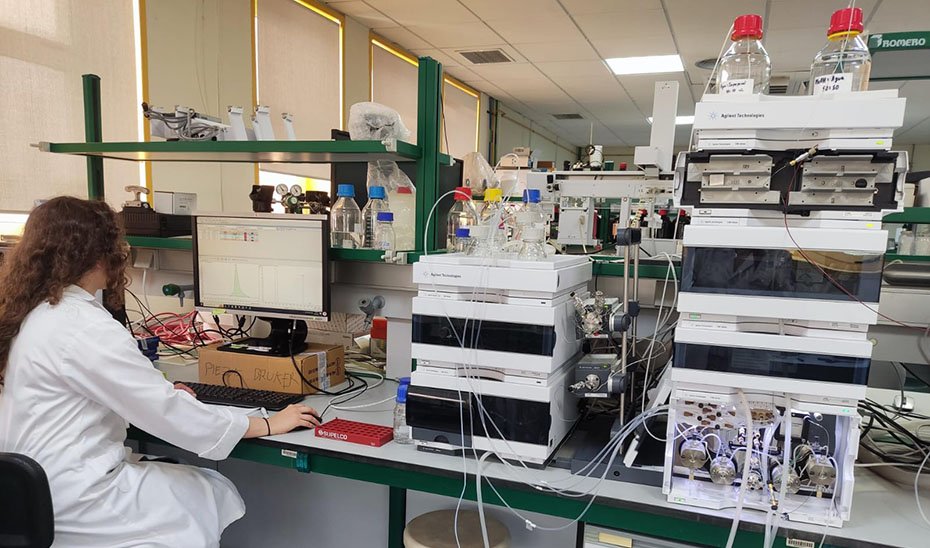The Ministry of University, Research, and Innovation has funded a research project at the University of Almería that certifies that two widely used compounds as biopesticides found in orange and cinnamon extracts or oils do not persist in aquatic environments. Their ability to degrade under sunlight makes them ideal allies for a more environmentally friendly agriculture.
The compounds known as limonene and trans-cinnamaldehyde are known for their effectiveness as natural pesticides. However, until now, no studies had been conducted to analyze their degradation process, whether their accumulation could pose a problem for the environment, or if they produce new molecules after contact with water that could be toxic. In an article published in the journal ‘Water, Air, & Soil Pollution,’ the team presents the data from the study demonstrating that neither of the compounds presents risks.
Experts have confirmed that these products do not accumulate in water, due to relatively rapid degradation. Furthermore, they have validated that after decomposition, they do not become additional threats to ecosystems. «These findings reinforce the argument that biopesticides can play a significant role in a more ecological agriculture with less dependence on persistent chemicals,» says University of Almería researcher Roberto Romero, co-author of the article.
The study results have confirmed that both compounds have a rapid breakdown process. While limonene takes between 0.08 and 2.82 days to degrade, trans-cinnamaldehyde takes between 1.58 to 13.14 days. Additionally, they have shown that sunlight accelerates the process. They have also observed the appearance of metabolites during the molecules’ breakdown, without any modification in the toxicity of these substances.
Safe Biopesticides
Specifically, the researchers wanted to determine if these two natural biopesticides were safe for aquatic environments. To do this, they prepared water samples with the two compounds, leaving them in two different conditions: exposed to sunlight and complete darkness. This simulates the degradation in the real environment where the compounds can remain in open or underground waters. After analyzing the degradation time, they used chemical techniques to identify the substances that appeared when the original compounds decomposed.
They used gas and liquid chromatography coupled with mass spectrometry (GC-MS and LC-MS) to separate the different compounds present in the sample and identify them by analyzing their molecular structure through fragmentation. This technique, in addition to being very sensitive and detecting small amounts, is very precise as it can detect compounds even at low concentrations.
To determine the toxicity level of the compounds, the experts used a software known as ‘Toxicity Predictive Modeling’ (EPA TEST). This software provides an estimation based on previous data on degradation, accumulation, and the potential transfer to the food chain.
The experts suggest expanding the studies to other compounds also used in these types of pesticides and in other environments such as soil or sediments. Additionally, they propose including the relationship of these substances with other pollutants so that both farmers and regulators promote the use of products that do not pose a long-term threat to biodiversity or human health.
This research, funded by the Ministry of University through the FEDER Andalucía 2021-2027 program, also has the support of the University of Almería’s Own Research and Transfer Plan.

